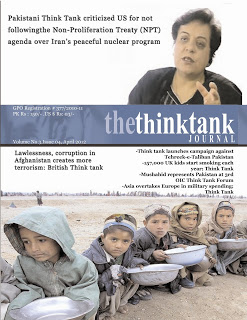The recent cricket match in Delhi, shrouded in hazardous air pollution, has thrust the issue of player health and safety into the limelight.
With the Air Quality Index (AQI) skyrocketing to unprecedented levels, the game faced uncertainty, prompting the intervention of a pulmonologist and makeshift measures to mitigate the adverse effects of pollution. This incident has ignited a broader conversation about the implications of toxic air on international cricket and the need for global standards to prioritize player well-being.
The Delhi Debacle:
Delhi, consistently ranked among the world’s most polluted cities, witnessed an alarming AQI during the recent cricket match, reaching levels ten times the threshold considered ‘good.’ In response, the Delhi government implemented measures such as closing schools and restricting construction activities. The International Cricket Council (ICC) grappled with the decision to proceed with the match, bringing in a pulmonologist for advice and implementing on-the-fly solutions like water sprinklers and air purifiers.
Player Concerns and Global Standards:
While the current ICC guidelines don’t explicitly address air pollution, player safety remains a priority. The International Cricketers’ Association (FICA) has raised concerns about the challenges posed by diverse playing conditions globally and the need for universally accepted standards based on scientific considerations. The incident in Delhi has highlighted the absence of clear protocols for dealing with hazardous air quality during cricket matches.
Air Pollution’s Health Ramifications:
The severity of air pollution in cities like Delhi extends beyond the cricket field, affecting millions of residents. The AQI measures various pollutants, including PM 2.5, known for causing respiratory and cardiovascular diseases. The World Health Organization (WHO) estimates that air pollution contributes to seven million premature deaths annually. The burning of fossil fuels, a significant contributor to pollution, raises questions when juxtaposed with the sponsorship of cricket events by major corporations like Aramco, known for its substantial carbon footprint.
India’s Persistent Pollution Challenge:
Delhi’s persistent struggle with air pollution stems from a combination of factors, including stubble burning, Diwali fireworks, dust, vehicle emissions, construction, and industrial pollutants. The recent World Cup has seen multiple cities grappling with poor air quality, with England players using inhalers in cities with high pollution levels. India’s captain, Rohit Sharma, expressed concerns about the less-than-ideal playing conditions.
The Impact on Health:
While specific studies on the impact of toxic air on cricketers are limited, the risks associated with air pollution during physical exertion are well-established. Immediate exposure to elevated AQI levels can lead to breathing difficulties and increased blood pressure. The vulnerability of athletes to these conditions raises questions about the long-term health implications and the need for proactive measures.
Conclusion:
The Delhi cricket match has become a symbol of the broader challenges posed by air pollution to international cricket. The incident underscores the necessity for comprehensive global standards that prioritize player well-being in diverse playing conditions. As cricket continues to be played in regions with varying pollution levels, the cricketing community must address these challenges collectively, ensuring the health and safety of players remain paramount. The recent events in Delhi serve as a wake-up call for cricket administrators worldwide to establish guidelines that safeguard players against the silent threat of toxic air.




